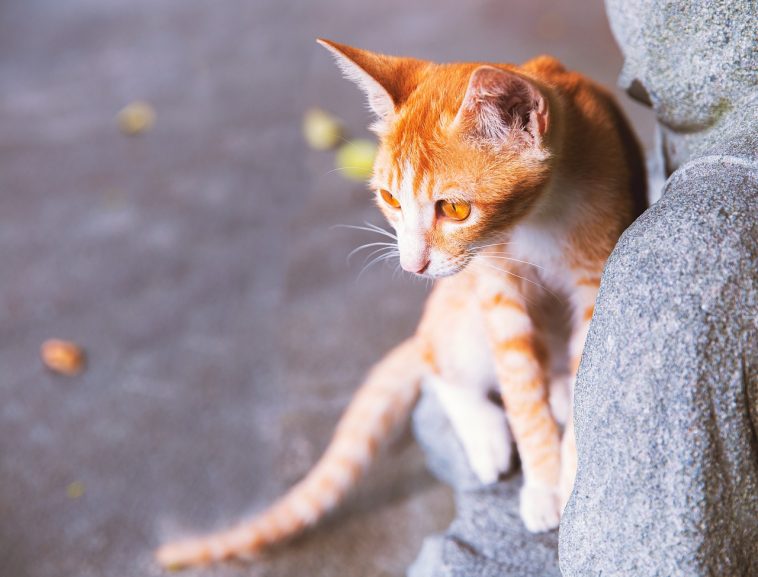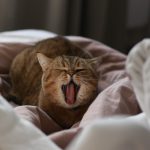Cats are known for their meticulous grooming habits, but they don’t limit this behavior to themselves. They often engage in mutual grooming, a behavior known as allogrooming. Here are some insights into why cats groom each other:
Autogrooming vs. Allogrooming:
- Autogrooming: This refers to a cat grooming itself. Cats are generally proficient at self-grooming, using their unique tongue, which has tiny bristles, to clean their fur. This behavior begins in kittenhood and continues into adulthood.
- Allogrooming: This involves one cat grooming another. It’s a common behavior in multi-cat households and cat colonies. Allogrooming starts early, with the mother cat initiating it. Social structure, dominance, and relationships play a role in this behavior.
Why Do Cats Lick Each Other:
- Unique Tongue Anatomy: Cats have specialized tongue anatomy with tiny bristles that act like a tiny hairbrush. This is why a cat’s tongue feels rough like sandpaper. Through licking, cats remove debris, excess hair, and parasites from their fur.
- Barbering: While grooming is essential, excessive grooming, known as “barbering,” can lead to thin or patchy hair, broken hairs, or even scabs. Underlying health conditions like hyperthyroidism, arthritis pain, allergies, mites, or fleas can trigger over-grooming.
Grooming in Kittenhood:
- Mother’s Role: Mother cats play a crucial role in grooming their kittens from birth. They lick them to stimulate urination and defecation, keep them clean, and remove tissue and fluids after birth. This early grooming helps kittens become mobile and warmed.
- Feline Family Unit: Kittens in a litter begin grooming each other at a young age. This behavior is an integral part of the shared behaviors in a feline family unit.
Dominance and Grooming:
- Ranking and Grooming: In multi-cat households, the higher-ranking cat often grooms the less dominant cat. This is a way of displaying dominance in a non-aggressive manner. Most commonly, the grooming occurs around the head, face, and neck.
- Avoiding Aggression: Allogrooming can help diffuse tension and avoid aggression, especially in situations where resources like food, litter boxes, and territory might trigger inter-cat conflict.
Signs of Bonding:
- Affectionate Behavior: Mutual grooming can be a sign of affection and bonding between cats. Purring during grooming is often an indicator of this bonding behavior.
Introducing a New Cat:
- Neutralizing Scent: Introducing a new cat can disrupt routines and scents. Using brushes and combs on both cats, as well as pheromones, can help ease the introduction process.
Potential Issues with Grooming:
- Hairballs: Cats can develop hairballs from grooming, particularly those with long hair or excessive grooming habits. Some cats may require dietary adjustments or supplements to help pass hairballs.
- Disease Transmission: While grooming is a bonding behavior, it can also transmit diseases like Feline Leukemia Virus (FeLV) and Feline Immunodeficiency Virus (FIV). Regular veterinary check-ups and vaccinations are crucial.
In conclusion, grooming, both autogrooming and allogrooming, plays a vital role in a cat’s life and social structure. It’s a behavior that stems from kittenhood and serves various functions, including hygiene, bonding, and social structure within a cat community.



